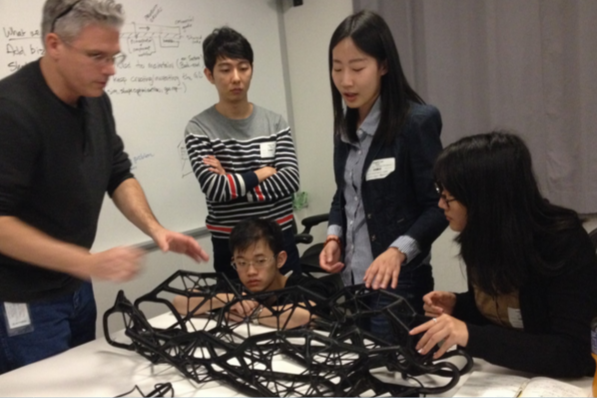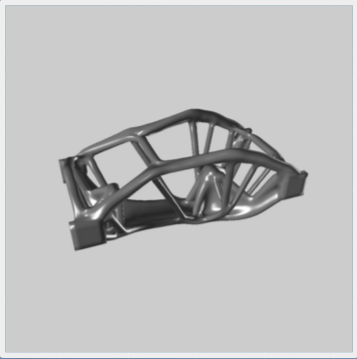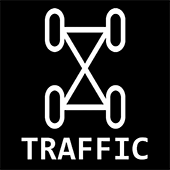During this week, we deeply talked about the customization design. In the flow of the game, when a player finishes a test, he can choose to customize the car if he is not satisfied with the performance. Ideally, we can let players customize the car to however they want, then send the configuration file to Dreamcatcher, and get results back from it. However, since Dreamcatcher was still in its research phase and can not run fast enough to meet a game requirement, we preferred to pre-generate the models in advance, such that the game is standalone to reveal the potentials of Dreamcatcher.
In order to enable customization, we will have to learn to use Dreamcatcher. On Thursday, we finally set up an appointment with the Dremacatcher team and actually gave a hand on it. We would like to thank Daniele Grandi for his patience and kindness to teach us how to user Dreamcatcher. During the meeting, we finally understood many important concepts and definitions in Dreamcatcher, for instance, obstacle – illegal space to prevent Dreamcatcher from building, load ports – objects which take forces, fixed ports – objects which don’t take force but connect to all the load ports, loads – forces added on load ports

First of all, we defined very simple objects and load cases and after we were clear with the working flow, we started using the actual data collected from the game engine to generate chassis. Dreamcatcher has a web/cloud version which contains all the functionalities, but unfortunately we were not given the permission to use it, since the Dreamcatcher team has a lot of tasks to do. So we were given a Maya version, which is a Dreamcatcher plugin in Maya. In addition, we were allowed to access a local render computer in Autodesk through remote control.
Since week 9 is Spring Break and week 10 is the GDC, we didn’t follow up with our normal schedule, but we kept working on experimenting with Dreamcatcher and generating chassis models via remote control. According to how detail we want the models, the processing time is about three to five hours.

During the two weeks, we tried more than ten settings and got six usable chassis designs.
Lastly, on the weekend of week 10, we prepared slides and rehearsed for half presentation.
